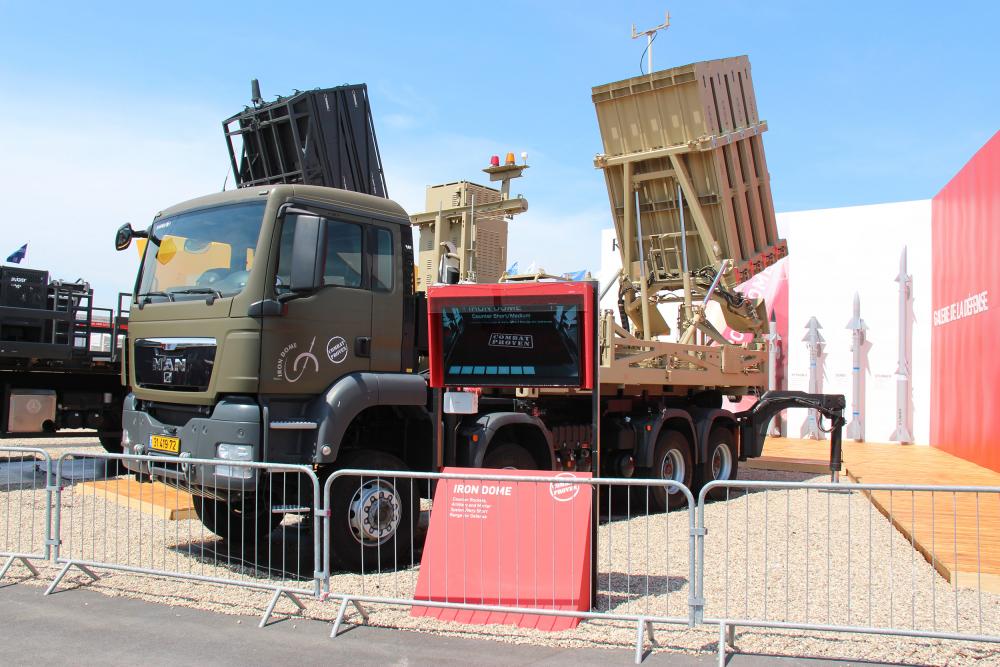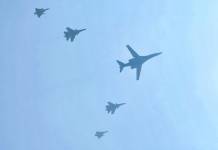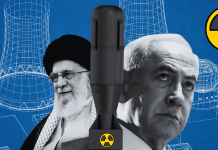Israel has shipped the second of the two Iron Dome missile defense systems to the US Army last week, which the latter will use to protect its troops from ballistic and airborne threats during their missions. Does India need the Iron Dome to guard against Chinese and Pakistani threats?
Will Winds Of Change Sweep Eastern Ladakh & Normalize Ties Between India & China?
Back in 2000, facing a relentless barrage of short-range rockets from the neighboring Gaza Strip, Israel was compelled to start developing a foolproof air defense system. The US pitched in with its money, helping Israeli defense contractors Rafael and Israeli Aerospace Industries to come up with an anti-rocket air defense system. The Iron Dome was the result of that collaboration.
The Iron Dome consists of three to four stationary launchers with a combined 20 Tamir missiles and a battlefield radar system. According to its creators, each battery can protect an area of 60 square miles and the system has achieved an effectiveness of 90 percent.
Although with each Tamir missile costing $20,000, which confronts a rocket falling in the low hundreds, the system is often criticized as being costly.
Iron Dome has helped protect Israel’s communities, previously under persistent threat, for more than a decade now, and has been very successful at it. It gained worldwide prominence with its ability to shoot down low-range unguided rockets with pinpoint accuracy.
The Iron Dome system not only counters short-range rockets fired from the Gaza Strip, but also along the Syrian border.
The system represents the lowest tier of Israel’s multi-leveled air defense array, joined by the mid-range David’s Sling, and the long-range Arrow-2 and Arrow-3 missile systems. The Iron Dome has reportedly intercepted over 2,400 projectiles in its 10 years in service, potentially saving hundreds of lives in the process.

India’s Air Defense Arsenal
India has been facing border threats from two of its neighbors for decades and the country is yet to develop a potent air defense system to defend its cities and other critical installations. The country has been focusing on putting in place a multilayered and advanced missile defense shield, procuring both indigenous and foreign missile systems. As of now, such systems are not thought to be impregnable and reliable in the event of a war.
However, India has focused on developing more indigenous air defense systems. Currently, the country has developed Ballistic Missile Defence (BMD) systems like the Prithvi Air Defence (PAD), the Advanced Air Defence (AAD), and the Akash Air Defence System.
While the PAD aims to provide interception against ballistic missiles at higher altitudes, the AAD is meant for the interception at lower altitudes. The Akash system, a medium-range surface-to-air missile system, is aimed at covering multiple targets at low, medium as well as high altitudes.
India, in association with Israel, is also developing the medium-range Barak missile system to defend against a wide range of airborne threats including ballistic and cruise missiles, drones, helicopters, and combat jets. With the recent tensions with China on the Ladakh border, India had requested an emergency deployment of Barak-8 to the area.
However, the S-400 air defense system, expected to arrive this year, will greatly enhance India’s security against foreign threats. Signing the deal with Russia in October 2018, India went ahead with procuring the most advanced air defense system available in the world currently, despite reservations by its closes ally, the US.
With its tracking range of up to 600 km and an ability to engage 80 targets at a time, including ballistic and cruise missiles, fighter jets, and drones at a range of 400 km, S-400 was a natural choice for a country like India with a significant threat from two of its powerful neighbors.
Besides the advanced Russian air defense systems, India had expressed its intention to buy the National Advanced Surface to Air Missile-II (NASAMS-II) from the US last year. However, there is no clarity on whether the Indian government now wants to pursue that deal given that its air force had expressed its reservations saying they could develop the indigenous systems instead.
Iron Dome for India?
Many strategic and military experts in India have been toying with the idea of the country engaging the successful Israeli Iron Dome system. The employability of the system in a country like India has been debated for many years in the backdrop of the joint threat from China and its ‘iron brother’ Pakistan. There are conflicting perspectives on whether India should procure such a system.
The EurAsian Times spoke to Air Marshal Anil Chopra (retd) about the feasibility of such a system for the country, who said, “Iron Dome is a very good system since it has got both Israeli and American technologies.
But the problem is that we have already chosen two other systems, i.e. S-400 and NASAMS of the Americans. Also, we are working with Israelis on Barak-8, going for Iron Dome now does not make sense. If we had chosen Iron Dome in place of other systems, then it would have been a different game.”
He believes it’s now difficult to transition to the Israeli system since India has committed itself to two other systems, with the progress being made with indigenous systems.
When asked whether the Iron Dome’s short-range of less than 70 km made it less viable for a country like India to defend its borders from adversary attack, the IAF veteran said India has got S-400 which is long-range, then there are LRSAMs, then MRSAMs and finally the short-range SAMs. India requires all three types of systems.
“Israel’s requirement is from short-range, they don’t have a threat from very-very long-range, therefore, it suits them. But the short-range is not very short, it covers 70 km or so,” he adds.
Undoubtedly, Israel has a different kind of threat than India, with its next-door neighbor firing unguided and low-range rockets, which is not the case with India. But could such threats become significant in the future for the country? So far, India has not required a system like Iron Dome with the kinds of threats it has been facing, especially from the western border with Pakistan.
On whether India’s current arsenal of air defense systems is adequate to counter a war threat, Air Marshal Chopra said that India does need more air defense weapons, and “certainly, there is work going on.
At present, the Indian Air Force is already committed to some 8 Akash batteries, many of them already inducted, but we will buy more later on.”
“So, Akash is a good system for short-range, plus we are working on that LRSAM and MRSAM with the Israelis already. And the third system will be the S-400 from Russia. So that should meet our immediate requirement, we can’t afford to invest in anymore.”
He admits that although India is not yet fully protected from missile threats, the systems are coming up which will fill the gaps, both indigenous and foreign procured.
Follow EurAsian Times on Google News




